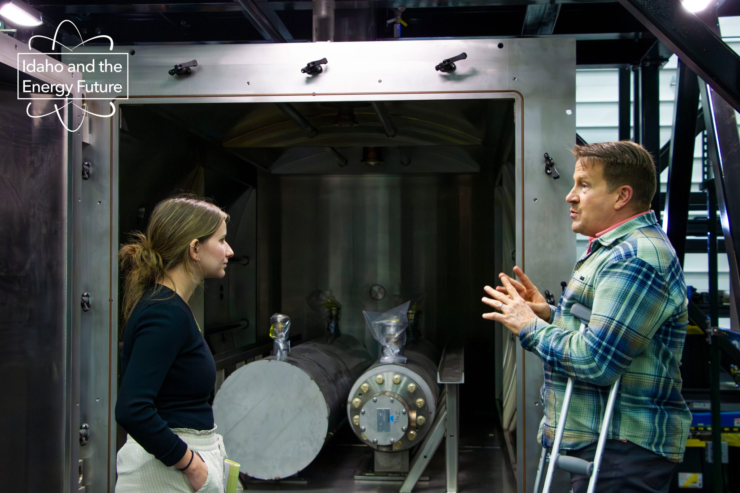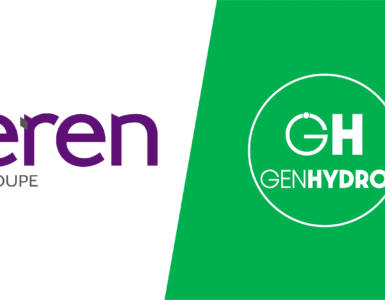Idaho and the Energy Future – INL may decrease the price of clean hydrogen.
This article is part of a series covering Idaho National Laboratory (INL). Scroll visited different projects from INL, and this publication covers their Integrated Energy Systems program that is located in Idaho Falls.
Using the basics of water and heat, INL is creating cleaner and cheaper hydrogen than what is being produced today.
Whether it is fueling cars or fertilizing potato fields, hydrogen is a household tool that most of the United States relies on. Currently, fossil fuels are one of the biggest resources for hydrogen. But, being a non-renewable resource, there is a limited supply.
🔥 What about we co-host a webinar? Let's educate, captivate, and convert the hydrogen economy!
Hydrogen Central is the global go-to online magazine for the hydrogen economy, we can help you host impactful webinars that become a global reference on your topic and are an evergreen source of leads. Click here to request more details
How clean hydrogen is made
The Integrated Energy Systems and Hydrogen Systems Group from INL combined forces to produce this clean hydrogen.
It works through electrolysis, and after heat is produced through a Thermal Energy Distribution System (TEDS) and a nuclear microreactor, hydrogen and oxygen are separated from steam. The hydrogen split through electricity will soon be stored onsite, but for now, it is released into the atmosphere.
The future of clean hydrogen
According to Student Energy, “The gradual depletion of the most accessible fossil fuel reserves have forced companies to develop technologies for extracting or challenging more unconventional reserves.”
With this in mind, INL researches how to create clean hydrogen through
renewable resources. As clean hydrogen production continues, it will be a cheaper and more abundant option for citizens.
Currently, the production of cleaner hydrogen is quite expensive. Amey Shigrekar, a research engineer in the Hydrogen and Thermal Systems Group at INL, explained the current challenges with expensive clean hydrogen.
Shigrekar, said:
Hydrogen production technology is slightly expensive,
“It’s costly, but over the years, it is going to go down and eventually green hydrogen is going to displace and phase out all of the conventional hydrogen production technologies … The more you produce, the lower your costs get.”
Integrated Energy systems
Using Integrated Energy, a system using renewable resources to help in hydrogen production, renewable resources can help sustain hydrogen production.
Shigrekar explained that the hydrogen these systems produce comes from splitting steam, or H2O, using electricity. It separates the hydrogen and oxygen from the steam, leaving behind clean hydrogen.
While this is a different way to produce hydrogen, it doesn’t include many risks. TJ Morton, an experimental systems engineering lead for the Integrated Energy Systems Program and the Microreactor Program, explained the risks that may come in this type of Integrated Energy and Hydrogen production.
Morton, said:
The only risk would be that if this technology was applied to a commercial nuclear power plant, that it isn’t applied properly and it causes a disturbance at the nuclear power plant.
“And before any construction happens at a commercial nuclear power plant, there’s a tremendous amount of safety analyses that go on. So that risk is really remote.”
The goal overall for the team is to help combat climate change by producing hydrogen through fossil fuels.
Shigrekar, said:
“So the final goal right now … (is) to combat climate change, to combat global warming, all of those bad effects of producing this hydrogen,”
“We basically want to displace the conventional or the polluting methods with clean hydrogen production.”
READ the latest news shaping the hydrogen market at Hydrogen Central
Idaho and the Energy Future – INL may decrease the price of clean hydrogen. source








